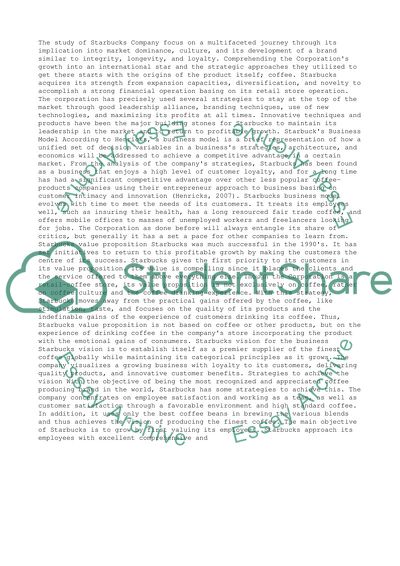Cite this document
(“Case study on Starbucks strategy and internal initiatives to return to Term Paper”, n.d.)
Retrieved from https://studentshare.org/management/1463621-case-study-on-starbucks-strategy-and-internal-initiatives-to-return-to-profitable-grown
Retrieved from https://studentshare.org/management/1463621-case-study-on-starbucks-strategy-and-internal-initiatives-to-return-to-profitable-grown
(Case Study on Starbucks Strategy and Internal Initiatives to Return to Term Paper)
https://studentshare.org/management/1463621-case-study-on-starbucks-strategy-and-internal-initiatives-to-return-to-profitable-grown.
https://studentshare.org/management/1463621-case-study-on-starbucks-strategy-and-internal-initiatives-to-return-to-profitable-grown.
“Case Study on Starbucks Strategy and Internal Initiatives to Return to Term Paper”, n.d. https://studentshare.org/management/1463621-case-study-on-starbucks-strategy-and-internal-initiatives-to-return-to-profitable-grown.


